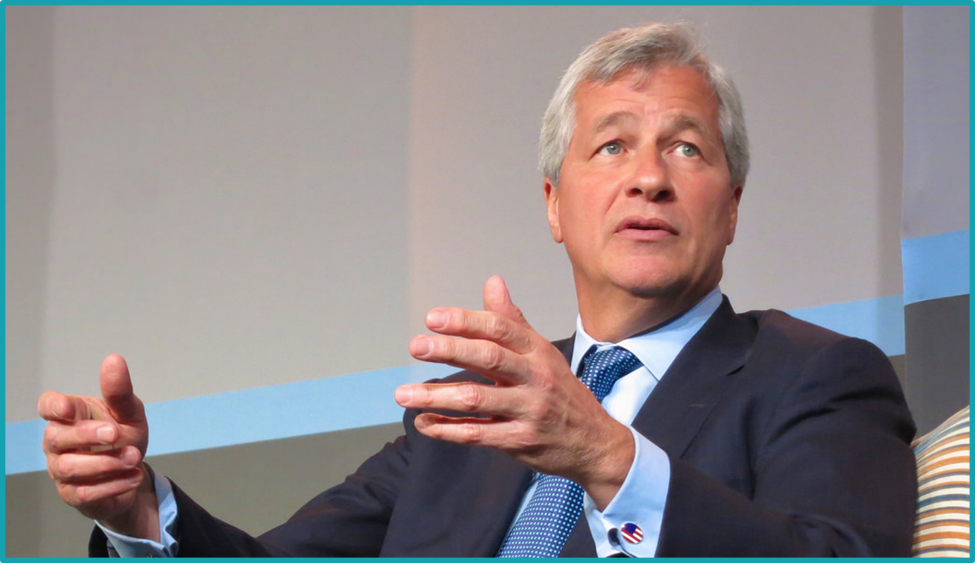Authentic Leadership in the Age of “Radical Transparency”

At the University of Virginia Darden School of Business Leadership Communication Council last month, the headline was this: “Social media, digital communication and technology-enabled connection have created an era of radical—sometimes painful—transparency for businesses,” and “…the best means to communicate successfully given the disruptive state of constant transparency is to align communication with action.”
The council emphasized that in this age of radical transparency, where employees, customers, and key stakeholders have come to expect constant, multichannel communication from the businesses they associate with, the only way to thrive is to be authentic at every turn.
“If an organization claims to act sustainably, it better act sustainably and have sustainability in its core values,” said Jay Hodgkins in his review of the council’s discussion.
Here at Quantified, we’ve spent a lot of time thinking about authenticity and leadership (in fact, we recently ranked the CEOs in the Fortune 100 by the authenticity they demonstrate in their communication), and we couldn’t agree more with this assessment.
Authenticity—the idea that one’s message and demeanor are essentially the same no matter who he’s talking to or where, rather than playing different, false roles to please various audiences—is foundational for building trust, according to Matt Abrahams, a collaborator with Quantified and professor at the Stanford Graduate School of Business:
“First and foremost, research suggests authentic leaders are more trusted and believable. That trust builds up the leader’s credibility and breeds confidence in her capability and intentions, which motivates greater engagement and effort from her audience members, peers, and subordinates.
“Additionally, authentic leaders put their audiences at ease. When a leader appears authentic, listeners don’t need to waste cognitive capacity trying to suss out an ulterior motive or determine why she might be saying what she is saying. The result is that audiences are more likely to focus on and remember what an authentic leader says.”
And Dean Foust, director of executive communications for UPS, agreed, according to Hodgkins’s article, saying that “authentic commitment to and communication about issues impacting society is one of the only ways to build ‘a Hoover Dam of trust,’ which company’s need in an era of transparency and disruption.”
How Can Leaders Demonstrate Authenticity?
According to Abrahams, authentic leaders’ communication is made up of at least four characteristics that differ from those who are less authentic:
- Audience-centric approach
- Openness
- Warmth
- Immediacy
From a practical standpoint, demonstrating these characteristics means giving audiences the impression you’d speak the same way to a large crowd as you would to an individual colleague. You’re using conversational language and consistent messaging, and your delivery feels natural—polished, but not performative—with gestures, facial expressions, and vocal tones that feel organic rather than rehearsed. To learn more, read about how JPMorgan CEO Jamie Dimon earned the top spot on our CEO Authenticity Index.
In today’s world of constant communication and limitless information, authenticity is critical for businesses looking to build strong, lasting relationships with key stakeholders. Abrahams sums it up nicely:
“Authenticity is a powerful tool for professional success. It boils down to being genuinely interested in and empathic with your audience while remaining emotionally and physically open and engaged. The bottom line is that like currency, authenticity allows for an open exchange—of ideas, feelings, and support—that buys leaders trust, engagement, and favor among their audiences.”
Inauthentic leaders struggle to engender trust and motivate employees, investors, or customers. But leaders who communicate authentically can inspire audiences to make extraordinary efforts on behalf of their organizations.